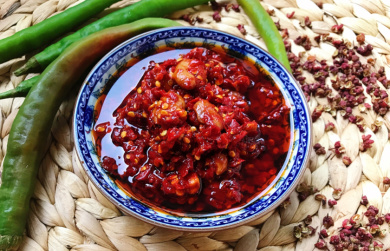How to Cook Steak on a Griddle: Tips for Juicy and Tender Meat
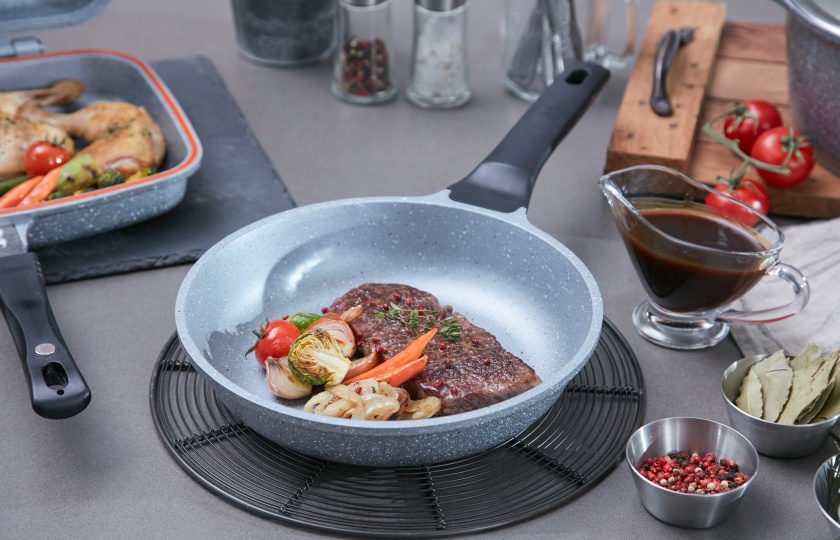
Cooking steak on a griddle is actually easier than you think. As long as you master these few key points, the steak you make will be absolutely delicious.
Step 1: Choose the right steak
Selecting a good steak is the first step to success. Cuts like ribeye, New York strip, or filet mignon, which have marbling, are the best for griddling. Marbling means the fat is evenly distributed throughout the meat, making the steak more tender and juicy.
The thickness of the steak is also important. Ideally, choose steaks that are 1.5 to 2 cm thick to ensure a crispy exterior and tender interior.
Step 2: Bring the steak to room temperature
Cooking a cold steak directly from the fridge can lead to a burnt exterior and an undercooked interior. The step of bringing the steak to room temperature is crucial.
Let the steak sit at room temperature for 20 to 30 minutes to ensure the internal temperature is even. This way, the steak will be more tender, and the doneness will be more even.
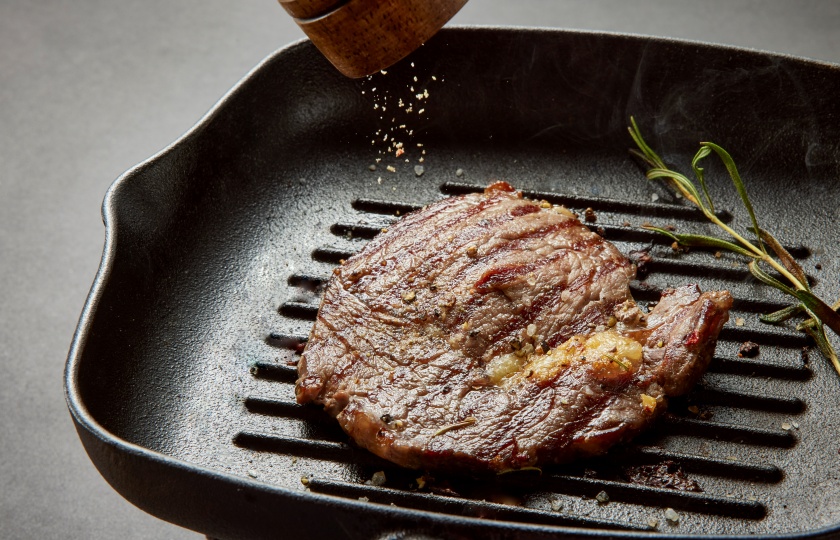
Step 3: Master the heat
Controlling the heat is key to a great steak. Preheat the griddle over medium-high heat, then add oil. Wait until the oil just starts to smoke before placing the steak on the griddle. When the oil is at the right temperature, the steak will quickly form a golden, crispy crust, locking in the juices.
Cook each side for 3 to 5 minutes, adjusting the time based on the steak’s thickness and your preferred doneness. Remember, too high a heat will result in a burnt exterior and raw interior, while too low a heat won’t give the steak the right flavor.
Step 4: Flip gently
When flipping the steak, avoid doing it too often or pressing down on the steak. After the first side is seared, wait until the edges start to slightly lift, then carefully flip it. Use a gentle motion to lift the steak, rather than pressing it down, as pressing will release the juices and affect the flavor.
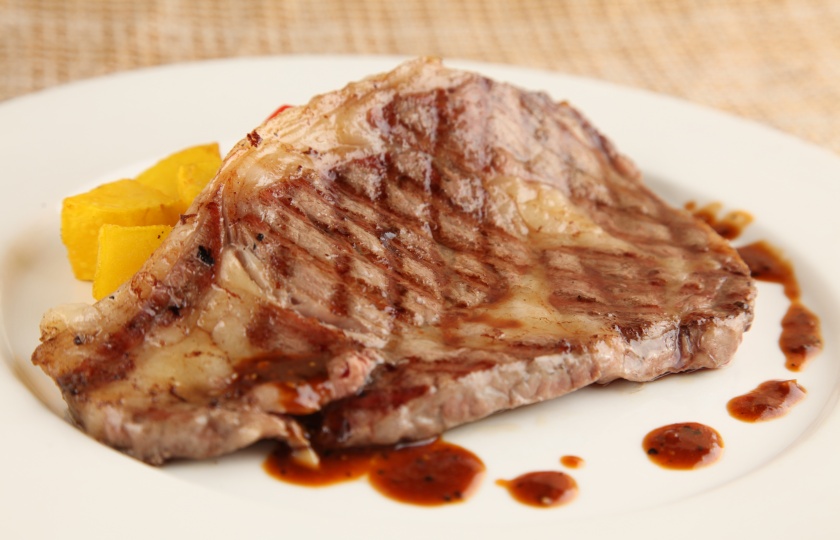
Step 5: Check the steak’s doneness
One of the most challenging parts of cooking a steak is getting the doneness right. A simple method can help you easily check. First, gently press the surface of the steak with your finger to feel its firmness:
If the steak is very soft with almost no resistance, it’s rare.
If there’s a slight bounce, it’s medium-rare.
If it’s firm with a little softness, it’s medium.
If there’s no bounce and the surface feels firm, it’s well done.
Additionally, if you have a meat thermometer, it can help you be more precise. For medium doneness, the internal temperature of the steak is around 57°C (135°F), while for well done, it should be over 70°C (160°F). This way, you can ensure you cook your steak to your preferred doneness every time.
Step 6: Rest the steak to lock in the juices
After cooking the steak, don’t rush to cut into it. Let the steak rest for 5 to 10 minutes. This allows the juices to redistribute, ensuring every bite is tender and juicy. If you cut it immediately, the juices will escape, and the steak will lose its deliciousness.
Step 7: Flavor-enhancing tips
To make your steak even more flavorful, you can add butter, garlic, or rosemary at the end. When the butter melts, it soaks into the steak, enhancing its richness. You can use a spoon to pour the butter over the steak, adding extra flavor and aroma.
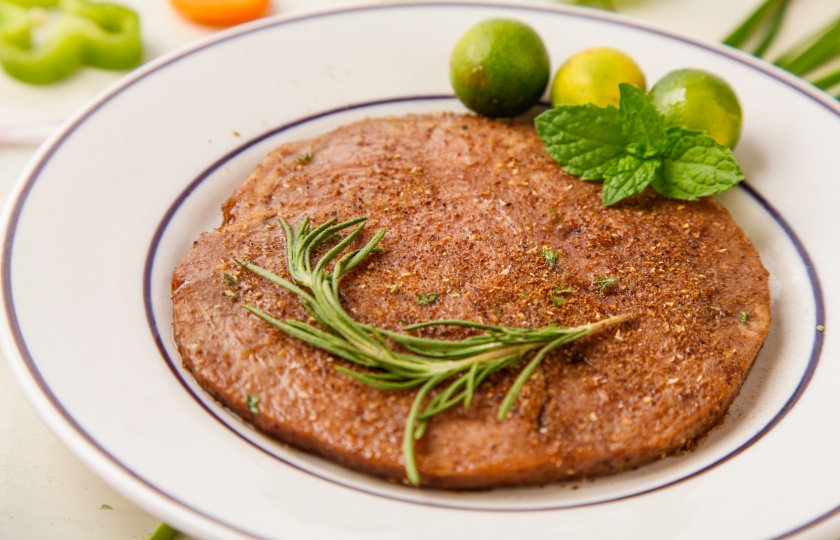
Do you put oil on the griddle before cooking a steak?
Before cooking steak, I usually add a small amount of oil to the pan, especially if you're using a non-stick or cast-iron pan. This helps the steak heat evenly, prevents sticking, and gives the surface a nice golden, crispy texture.
But be careful not to use too much oil! A thin layer is enough. It's best to choose oil with a high smoke point, such as vegetable oil, grapeseed oil, or beef tallow. If you prefer the natural flavor of beef, olive oil can also work, but keep in mind that its smoke point is lower, so it's better for cooking on medium heat.
If you're using a steak with enough fat, like rib-eye or a cut with marbling, you can skip the extra oil, as the fat will render out and keep the steak moist.
Do you need to cover the pan while cooking steak on a griddle?
Generally, there's no need to cover the pan, especially if you want the steak's surface to be crispy and flavorful. Without a lid, the hot air can evenly circulate around the steak, helping to form a nice sear.
However, if you're cooking a thicker steak or you're worried about it being undercooked inside, you can lightly cover the pan during cooking to help the steak cook more evenly. But it's best not to cover it completely, as you want some steam to escape to prevent the steak from becoming too moist.
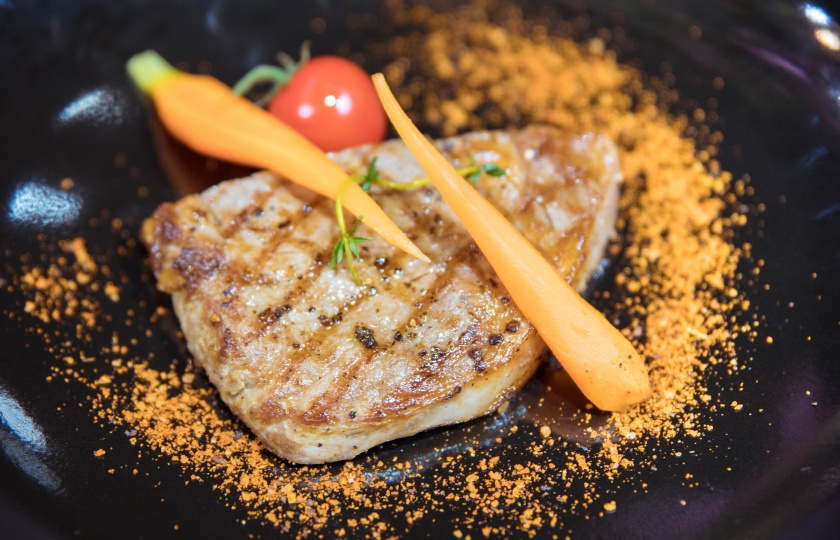
Is it better to cook a steak on a grill or a griddle?
It really depends on the texture and flavor you’re aiming for. Both the griddle and grill have their own advantages:
Grill: A grill provides more even heat distribution, especially for thicker steaks. The heat and flames from below give the bottom of the steak a nice sear, while the top gets cooked quickly through the surrounding heat. Grilling usually imparts a smoky flavor and a stronger grilled taste, making the steak crispy on the outside while staying tender inside. If you love the distinct BBQ flavor, the grill is a great choice.
Griddle: The advantage of a griddle is that it can reach very high temperatures, perfect for quickly sealing the exterior of the steak, locking in the juices, and forming a delicious crust while keeping the inside tender and juicy. It also provides more even cooking, especially for medium-thin steaks, allowing you to better control the doneness. If you prefer precision in cooking and a smoother texture, the griddle might be your best option.
What is the 3-3-3 rule for steaks?
The 3-3-3 rule is a popular method for cooking steak to perfection. Specifically, it refers to:
3 minutes: Place the steak on a preheated pan or grill and cook each side for 3 minutes.
3 minutes flip: After cooking one side, flip the steak and cook for another 3 minutes.
3 minutes rest: Once cooked, let the steak rest for 3 minutes. This is an important step as it allows the juices to redistribute, ensuring a juicy and tender steak.
Of course, this timing isn’t set in stone and may need adjustment depending on the steak’s thickness and the level of doneness you prefer.

















